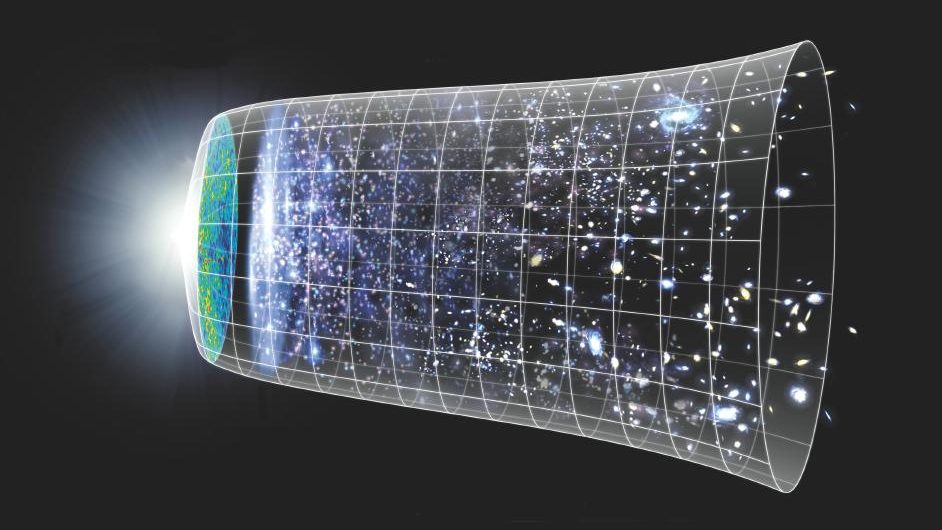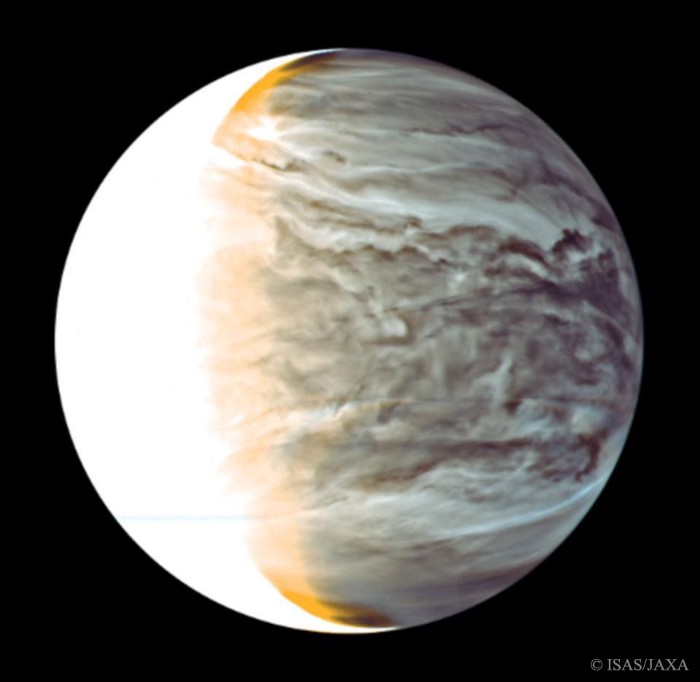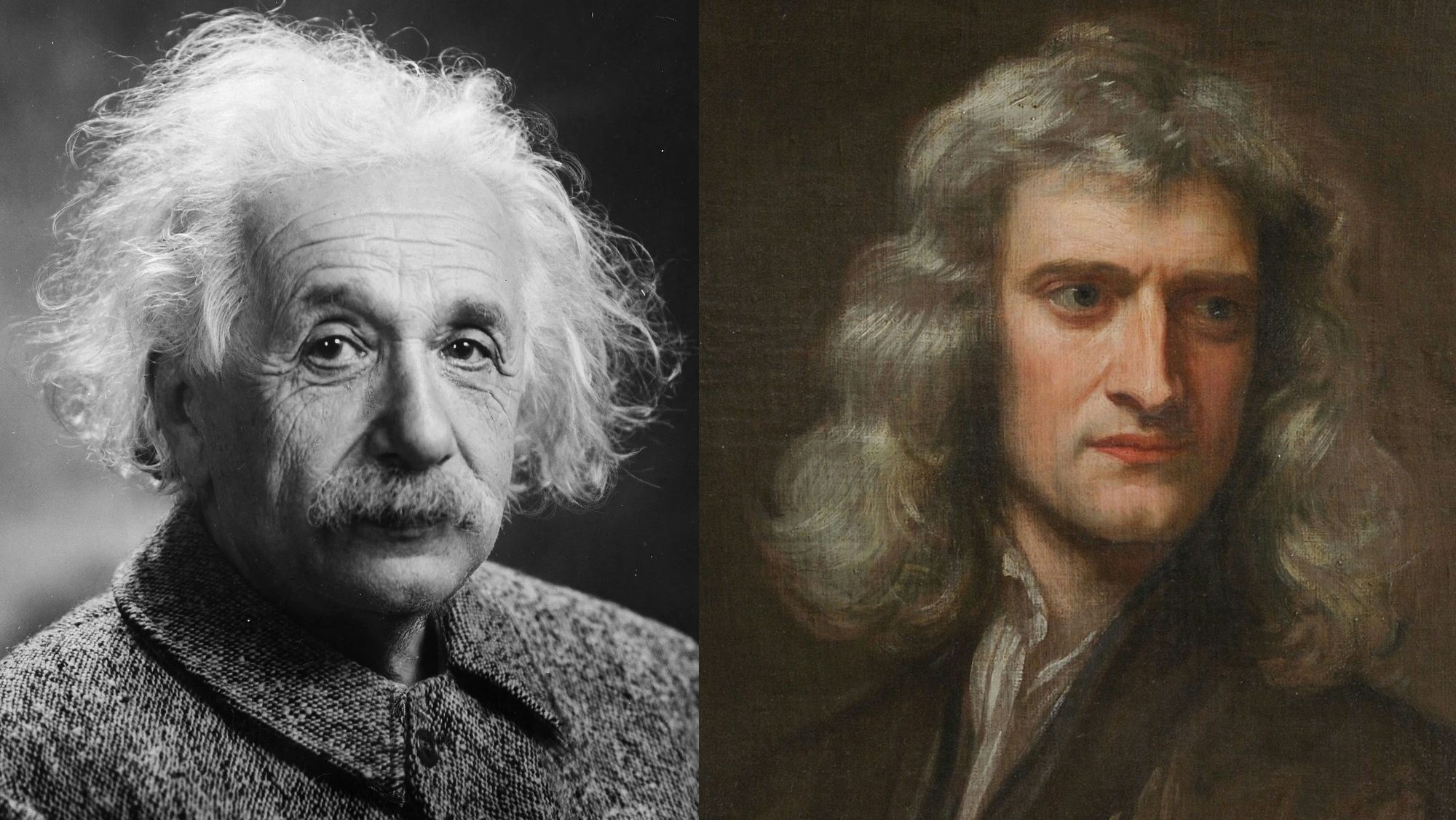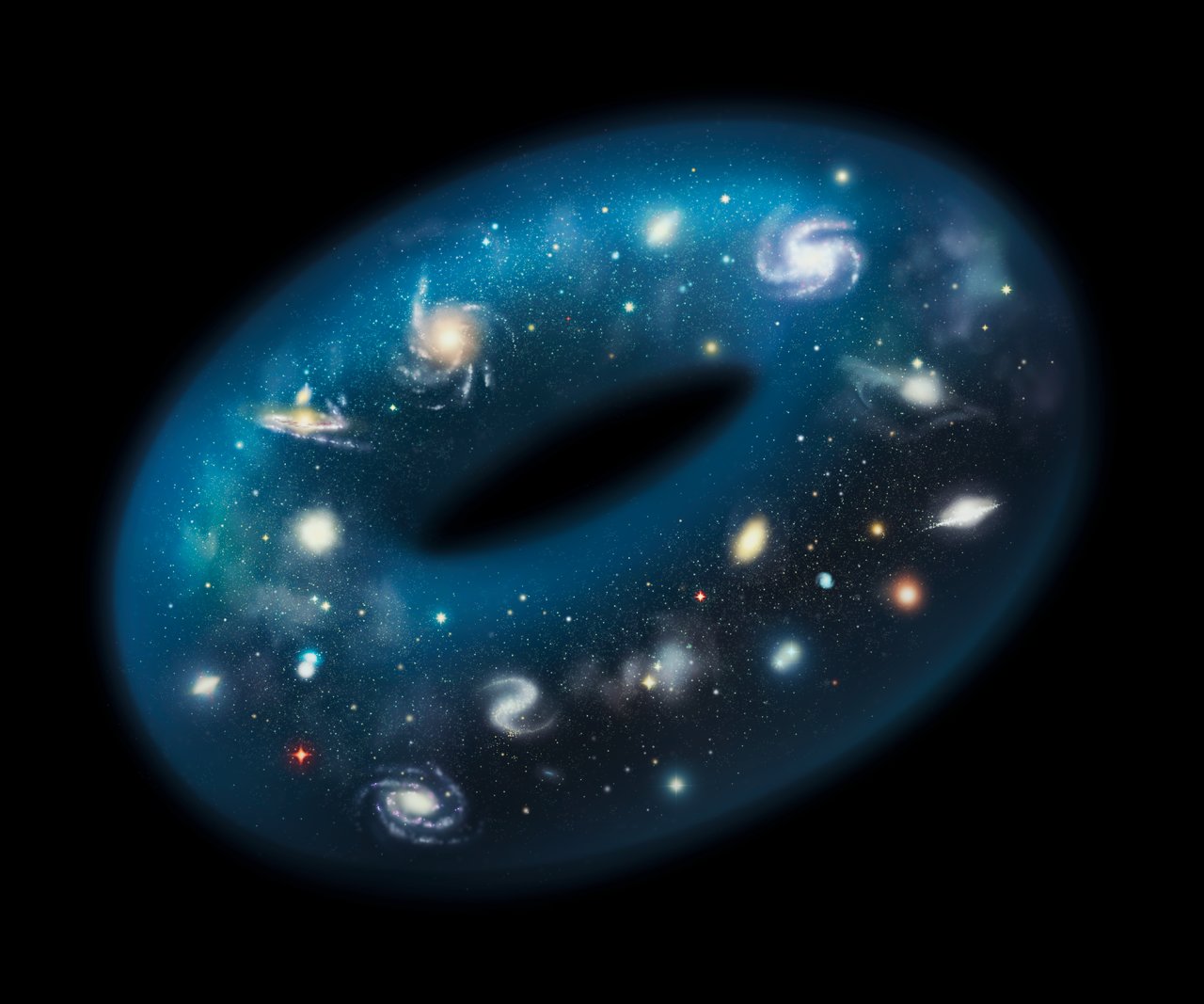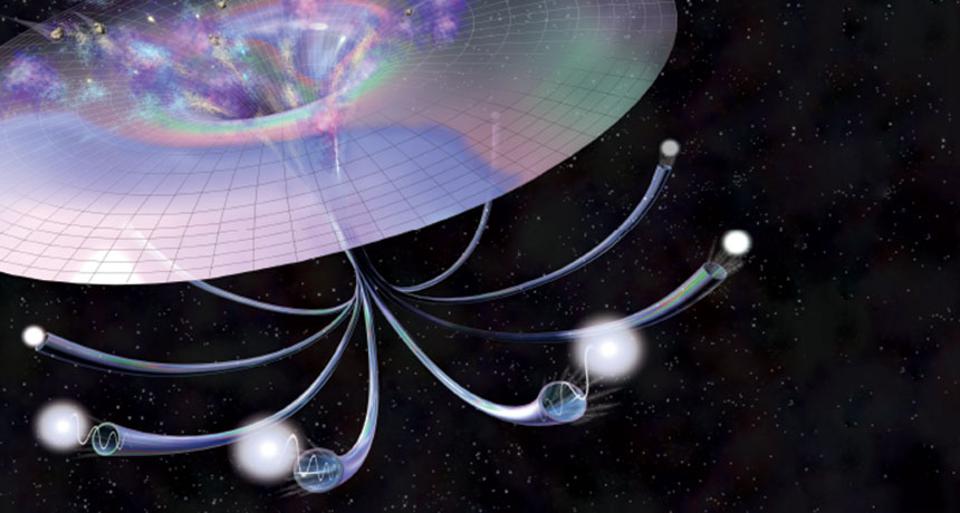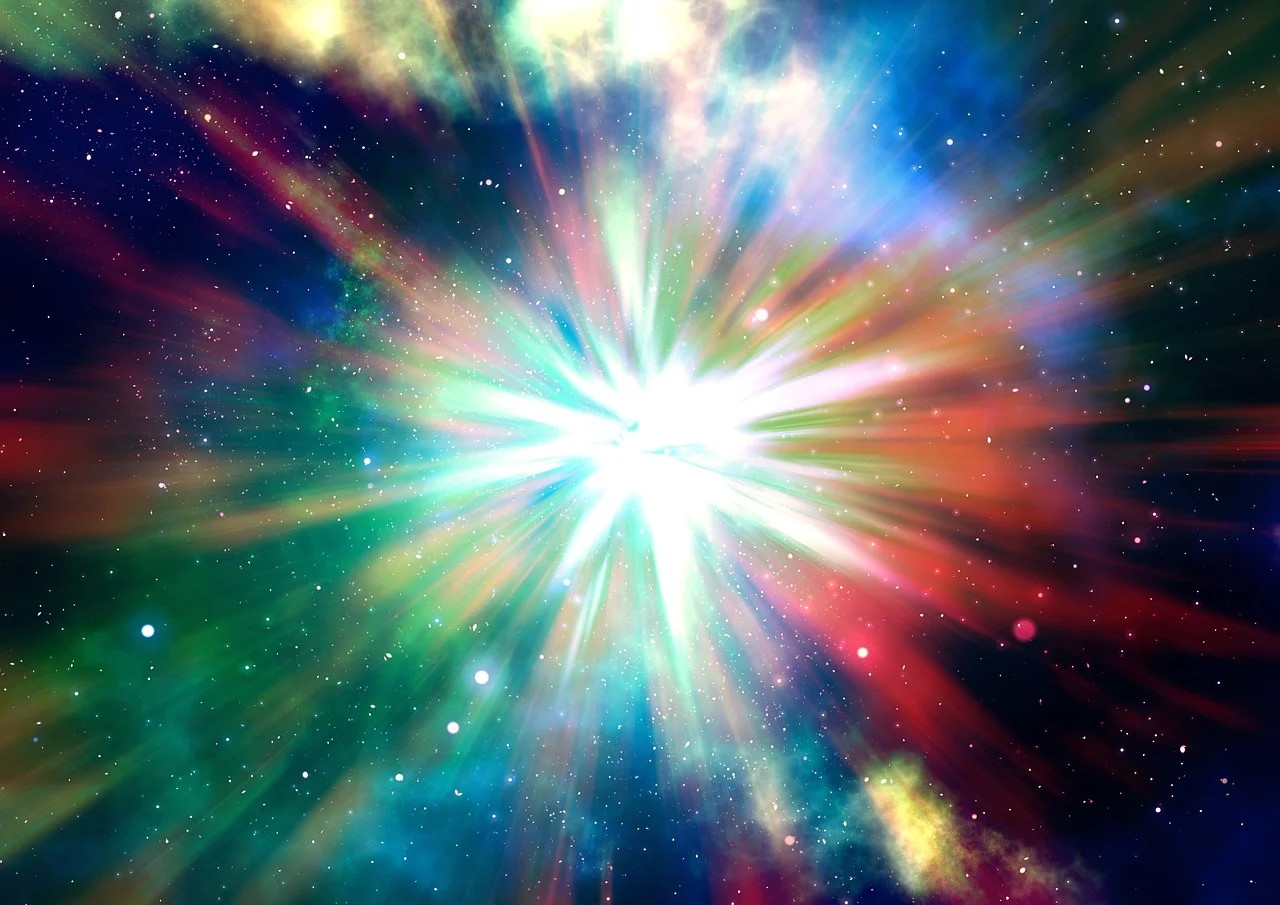
The Universe is out there, waiting for you to discover it.
Our mission: to answer, scientifically, the biggest questions of all.
- What is our Universe made of?
- How did it become the way it is today?
- Where did everything come from?
- What is the ultimate fate of the cosmos?
For countless generations, these were questions without resolutions. Now, for the first time in history, we have scientific answers. Starts With A Bang, written by Dr. Ethan Siegel, brings these stories — of what we know and how we know it — directly to you.
Get Starts With A Bang in your inbox
Featured
Why power generated through nuclear fusion will be the future, but not the present, solution to humanity’s energy needs.
It’s a strange idea to consider: that a tiny building block of matter, the atomic nucleus, holds the greatest potential for energy release.
And yet, it’s true; while electron transitions in atoms or molecules typically release energy on the order of ~1 electron-Volt, nuclear transitions between different configurations release energies a million times as great, on the order of ~1 Mega-electron-Volt.
Popular
From before the Big Bang to the present day, the Universe goes through many eras. Dark energy heralds the final one.
A wild, compelling idea without a direct, practical test, the Multiverse is highly controversial. But its supporting pillars sure are stable.
The surface and atmosphere is colored by ferric oxides. Beneath a very thin layer, mere millimeters deep in places, it’s not red anymore.
The first supernova ever discovered through its X-rays has an enormously powerful engine at its core. It’s unlike anything ever seen.
Just 13.8 billion years after the hot Big Bang, we can see 46.1 billion light-years away in all directions. Doesn’t that violate…something?
All Stories
Looking up at the night sky gives us a glimpse of the Universe beyond our terrestrial concerns. Here’s what’s out there.
LIGO can detect the inspirals and mergers of the lowest-mass black holes, but not the biggest ones. Here’s how pulsars can help.
At all distances, the Universe expands along our line-of-sight. But we can’t measure side-to-side motions; could it be rotating as well?
From the explosions themselves to their unique and vibrant colors, the fireworks displays we adore require quantum physics.
1859’s Carrington event gave us a preview of how catastrophic the Sun could be for humanity. But it could get even worse than we imagined.
The idea of gravitational redshift crossed Einstein’s mind years before General Relativity was complete. Here’s why it had to be there.
No matter how beautiful, elegant, or compelling your idea is, if it disagrees with observation and experiment, it’s wrong.
The Universe is expanding, and the Hubble constant tells us how fast. But how can it be a constant if the expansion is accelerating?
There’s an enormous evolutionary advantage for flamingos to stand on one leg, but genetics doesn’t help. Only physics explains why.
There are billions of potentially inhabited planets in the Milky Way alone. Here’s how NASA will at last discover and measure them.
Do you think you know the Solar System? Here’s a fact about each planet that might surprise you when you see it!
With two different black hole event horizons now directly imaged, we can see that they are, in fact, rings, not disks. But why?
When stars form, they emit energetic radiation that boils gas away. But it can’t stop gravitational collapse from making even newer stars.
If you think you know how an astronomical nova works, buckle up. You’re in for a ride like you never expected.
Earth is the Solar System’s only known inhabited planet. Could Venus, if its phosphine signal is real, be our second world with life?
On July 12, 2022, NASA will release the first science images taken with the James Webb Space Telescope. Here’s what to hope for.
The James Webb Space Telescope is about to begin science operations. Here’s what astronomers are excited about.
In all of science, no figures have changed the world more than Einstein and Newton. Will anyone ever be as revolutionary again?
If you want to understand the Universe, cosmologically, you just can’t do it without the Friedmann equation. With it, the cosmos is yours.
We’ve only seen Uranus up close once: from Voyager 2, back in 1986. The next time we do it, its features will look entirely different.
The Standard Model of elementary particles has three nearly identical copies of particles: generations. And nobody knows why.
On July 12, 2022, JWST will release its first science images. Here are 5 ways the telescope’s findings could change science forever.
Wind energy is one of the cleanest, greenest sources of power. But could it have the sneaky side-effect of changing the weather?
Smashing things together at unprecedented energies sounds dangerous. But it’s nothing the Universe hasn’t already seen, and survived.
Humans who’ve lived through the same events often remember them differently. Could quantum physics be responsible?
In theory, the fabric of space could have been curved in any way imaginable. So why is the Universe flat when we measure it?
The observable Universe is 92 billion light-years in diameter. These pictures put just how large that is in perspective.
Over time, the Universe becomes less dominated by dark matter and more dominated by dark energy. Is one transforming into the other?
The hyperloop would be a great idea for a completely flat planet. With topography and infrastructure, it’s a very different story.
13.8 billion years ago, the hot Big Bang gave rise to the Universe we know. Here’s why the reverse, a Big Crunch, isn’t how it will end.




